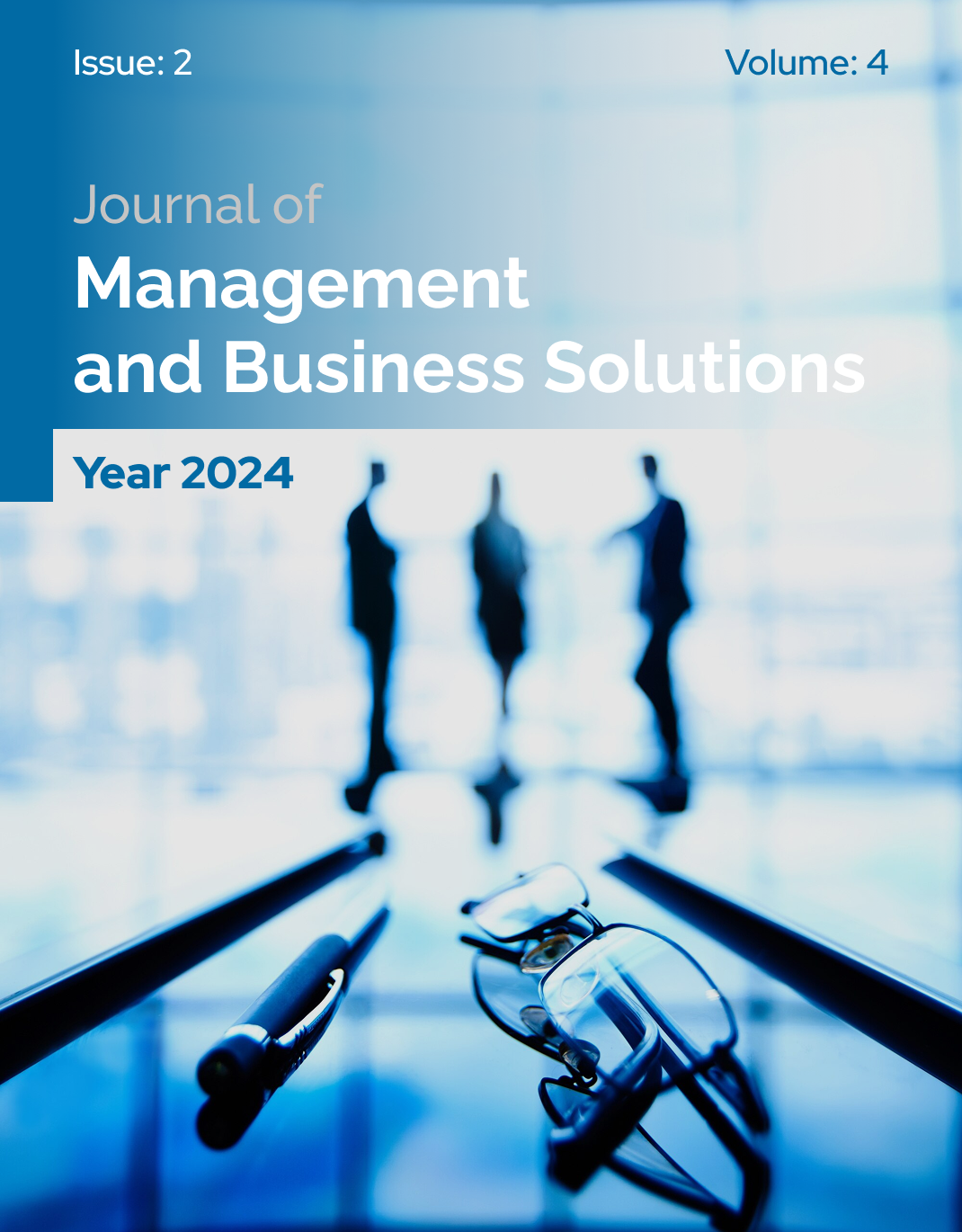Exploring the Impact of Leadership Communication on Employee Trust and Organizational Citizenship Behavior in Healthcare Organizations
Keywords:
Leadership communication, employee trust, organizational citizenship behavior, healthcare management, qualitative research, Iranian hospitals, organizational behaviorAbstract
This study aims to explore how leadership communication influences employee trust and organizational citizenship behavior (OCB) in healthcare organizations. A qualitative research design was employed using semi-structured, in-depth interviews with 20 healthcare professionals from public and private hospitals in Tehran, Iran. Participants were selected through purposive sampling to ensure diversity in roles, experiences, and hierarchical levels. Data collection continued until theoretical saturation was reached. The interviews were transcribed verbatim and analyzed using thematic analysis following Braun and Clarke’s six-phase framework. NVivo software was utilized to support systematic coding and theme development. Ethical protocols, including informed consent, confidentiality, and voluntary participation, were strictly followed throughout the study. Three main themes emerged: (1) Dimensions of Leadership Communication, which included clarity, empathy, feedback, accessibility, and consistency; (2) Development of Employee Trust, shaped by leader integrity, fairness, competence, psychological safety, and long-term relationship orientation; and (3) Organizational Citizenship Behavior, encompassing altruism, conscientiousness, civic virtue, sportsmanship, and organizational loyalty. Participants emphasized that transparent and empathic leadership communication fostered a supportive atmosphere, strengthened relational trust, and encouraged voluntary, prosocial behaviors that exceeded formal job requirements. Trust was reported to be particularly influenced by how leaders handled feedback, admitted mistakes, and communicated during crises. The findings highlight the crucial role of leadership communication in shaping trust and promoting OCB in healthcare settings. Effective communication practices—especially those grounded in empathy, fairness, and transparency—can foster positive relational climates and enhance organizational functioning. The results offer practical insights for healthcare administrators aiming to build resilient, trust-based teams and underscore the need for culturally responsive leadership development.
Downloads
References
Braun, V., & Clarke, V. (2006). Using thematic analysis in psychology. Qualitative Research in Psychology, 3(2), 77–101. https://doi.org/10.1191/1478088706qp063oa
Bromley, P., & Powell, W. W. (2012). From smoke and mirrors to walking the talk: Decoupling in the contemporary world. Academy of Management Annals, 6(1), 483–530. https://doi.org/10.1080/19416520.2012.684462
Clampitt, P. G. (2016). Communicating for managerial effectiveness: Challenges, strategies, solutions (6th ed.). SAGE Publications.
Dirks, K. T., & Ferrin, D. L. (2002). Trust in leadership: Meta-analytic findings and implications for research and practice. Journal of Applied Psychology, 87(4), 611–628. https://doi.org/10.1037/0021-9010.87.4.611
Karssiens, E., Van der Velde, M., & Wilderom, C. P. M. (2014). Felt trust and the willingness to speak up: A study among nurses. Journal of Nursing Management, 22(6), 729–739. https://doi.org/10.1111/jonm.12067
Men, L. R., & Stacks, D. W. (2013). The impact of leadership style and employee empowerment on perceived organizational reputation. Journal of Communication Management, 17(2), 171–192. https://doi.org/10.1108/13632541311318765
Mishra, A. K., & Mishra, K. E. (2008). Trust and leadership during organizational change. In R. C. Edwards & G. F. Hester (Eds.), Handbook of research on strategic communication, leadership, and conflict management in modern organizations (pp. 172–187). IGI Global.
Organ, D. W. (1988). Organizational citizenship behavior: The good soldier syndrome. Lexington Books.
Podsakoff, P. M., Whiting, S. W., Podsakoff, N. P., & Blume, B. D. (2009). Individual-and organizational-level consequences of organizational citizenship behaviors: A meta-analysis. Journal of Applied Psychology, 94(1), 122–141. https://doi.org/10.1037/a0013079
Roudbari, M. (2020). Leadership styles in Iranian healthcare organizations: A sociocultural analysis. Iranian Journal of Public Health, 49(9), 1790–1798.
Shanafelt, T. D., Ripp, J., & Trockel, M. (2020). Understanding and addressing sources of anxiety among health care professionals during the COVID-19 pandemic. JAMA, 323(21), 2133–2134. https://doi.org/10.1001/jama.2020.5893
Tourish, D., & Robson, P. (2006). Sensemaking and the distortion of critical upward communication in organizations. Journal of Management Studies, 43(4), 711–730. https://doi.org/10.1111/j.1467-6486.2006.00608.x
Walumbwa, F. O., Morrison, E. W., & Christensen, A. L. (2011). Ethical leadership and group in-role performance: The mediating roles of group conscientiousness and group voice. The Leadership Quarterly, 23(5), 953–964. https://doi.org/10.1016/j.leaqua.2011.06.004
Welch, M. (2011). The evolution of the employee engagement concept: Communication implications. Corporate Communications: An International Journal, 16(4), 328–346. https://doi.org/10.1108/13563281111186968
Downloads
Published
Submitted
Revised
Accepted
Issue
Section
License

This work is licensed under a Creative Commons Attribution-NonCommercial 4.0 International License.

